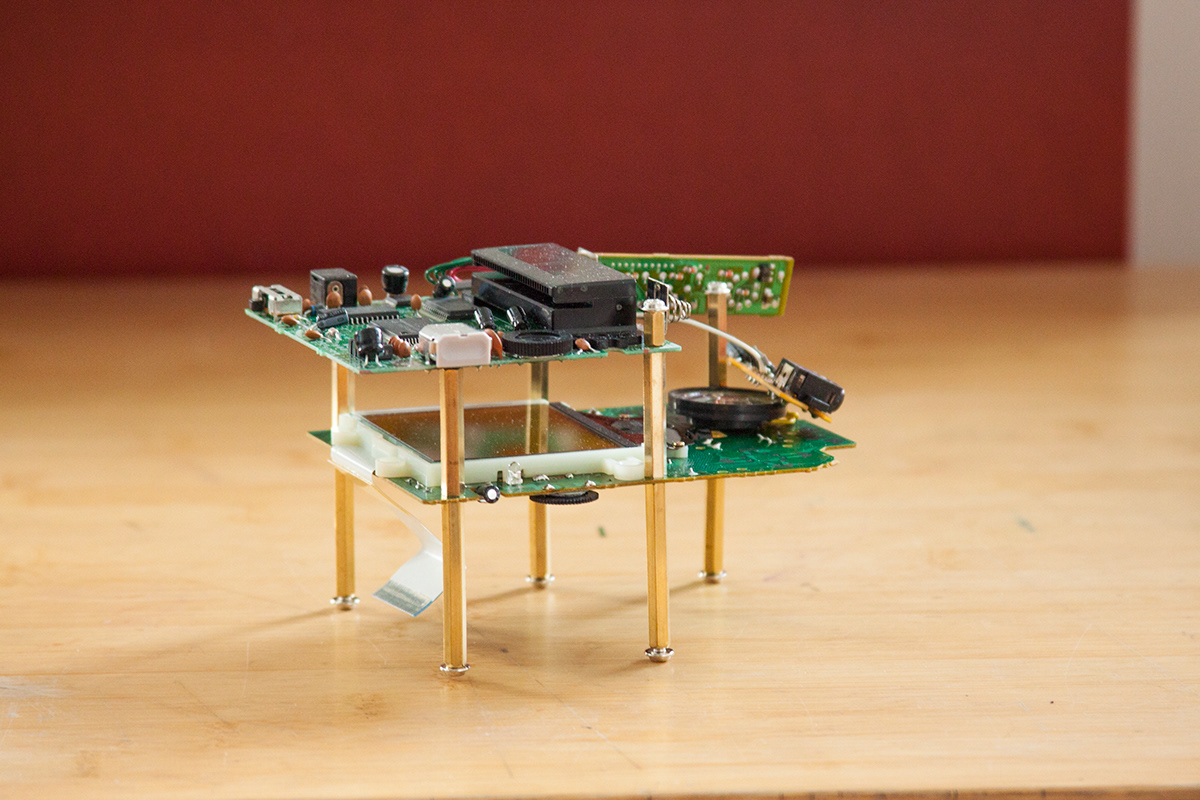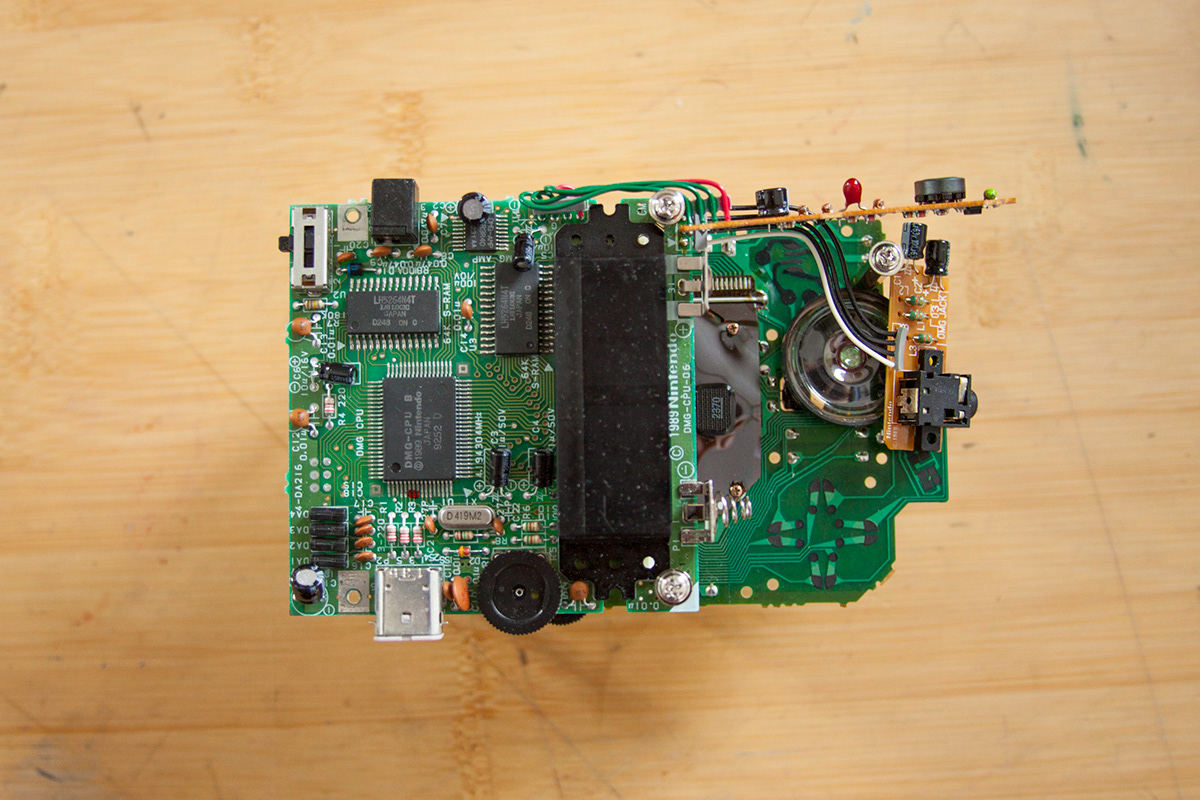I took a wintersession course titled William Gibson in which we explored some of the written work of the eponymous author as well as cyberpunk aesthetic and the internal logic that motivates cyberpunk culture.
I. LSDJ - Cognitive Dissolution
We spent the beginning of the class exploring and playing with technologies made newly available to us. I was interested in exploring tools for sound production, I learned to use LSDJ to take advantage of a Nintendo Game Boy's existing sound processing hardware to make music and distort and dissolve it.
We spent the beginning of the class exploring and playing with technologies made newly available to us. I was interested in exploring tools for sound production, I learned to use LSDJ to take advantage of a Nintendo Game Boy's existing sound processing hardware to make music and distort and dissolve it.
II. Gameboy's Ghost
I found basic modules for human speech (consonants, vowel combinations) in the default drum kits of LSDJ. Using these, programming the Game Boy to speak aloud became easily viable.
I found basic modules for human speech (consonants, vowel combinations) in the default drum kits of LSDJ. Using these, programming the Game Boy to speak aloud became easily viable.
III. Cardboard Cornell
For our first project in our class, we looked at Gibson's passages from Count Zero about a shadowy artist who made Neo-Cornell style assemblage boxes and the litter-assembled Gomi robots in Gibson's short story, "Winter Market." We then made our own cardboard assemblages of detritus around us and meditated on what our own boxes said about us.
IV. Speed Re(ad)ing
For our next project, we were to take a relatively new technology and imagine what it would be like if it were everywhere; the ways people would discover how to misuse and abuse the technology, and what sort of restrictions might be placed on it. I focused on new speed-reading flashing text reader engines that have been started to become developed. My belief is that this technology would be used by companies, advertising their products in ways that can't be ignored. Either we will be passively but forcibly advertised to by sheer frequency of advert presence in our physical spaces - or by advertisers communicating their messages so quickly that by the time we've noticed them, we will have already consumed and internalized the message.
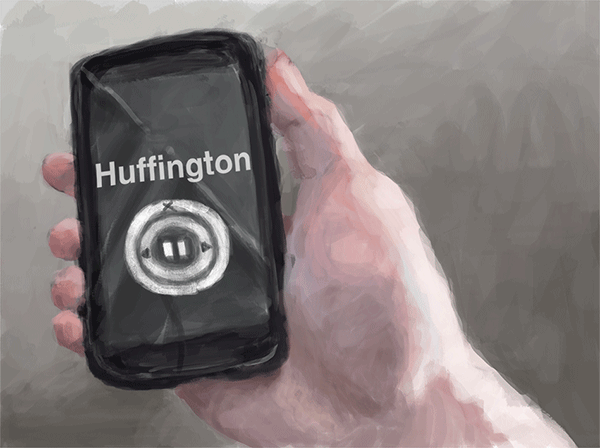
Phone interface
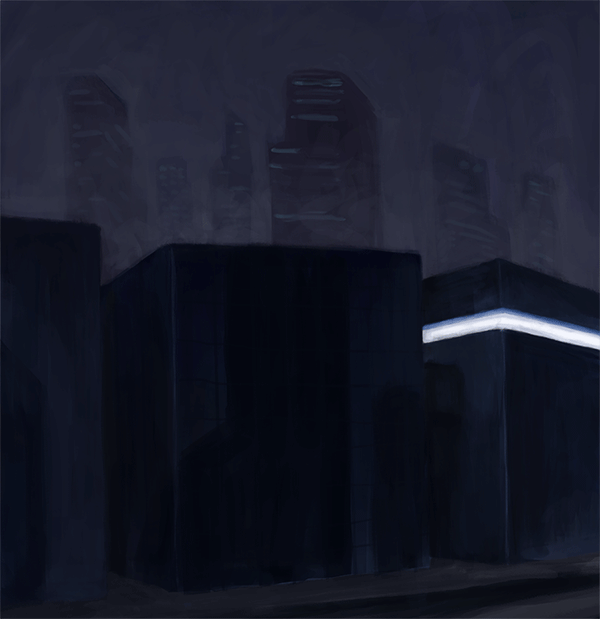
Building facade ads
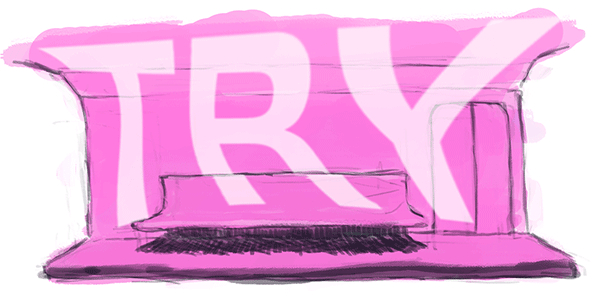
Train ad
V. Drone Painting
We learned about drones, their contemporary uses, their potential, and the paranoia treatment our culture gives them - and also how to fly them. We created paintings by flying drones, meditating on the conflict of authorship of the drone versus the operator in art creation.
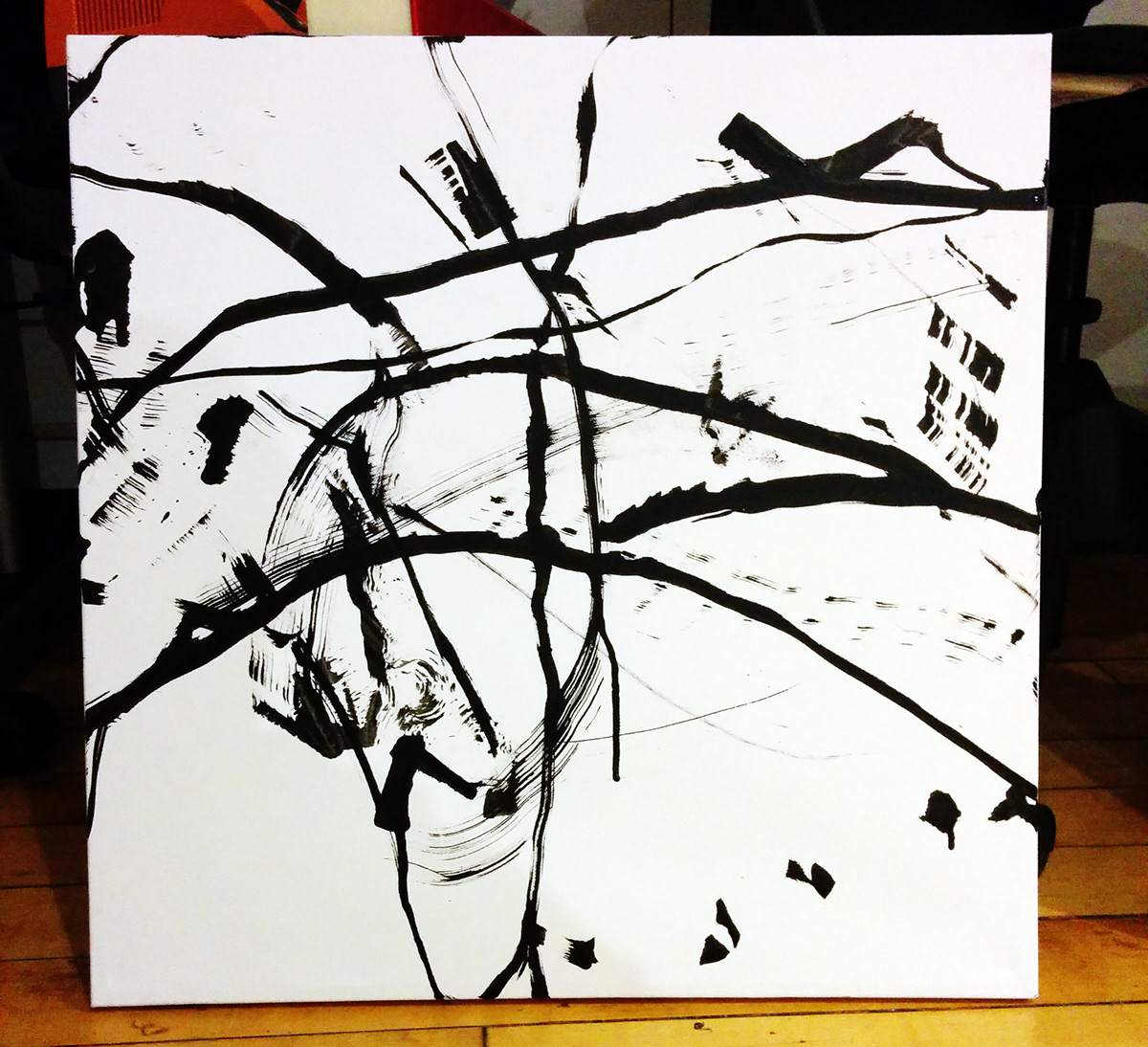
VI. Future Retro
For our final project, I created a new fictional future in which virtual-reality becomes so accessible that use of it becomes enforced for corporate workers by their companies. Marketed as a work-from-home revolution that enables productivity and convenience. With the addition of some technological improvements, people can stay in virtual reality practically indefinitely. As a result, a counter culture emerges from an out-of-touch older generation whose members are confused or sentimental and a nihilist teen generation whose members just want to reject something. They fetishize old "technology" and old tactile interfaces, and they transform an anachronistic collection of old tech objects into machines that they use to spread their movement with manifestos, as well as to introduce crippling glitches and viruses into virtual reality systems.
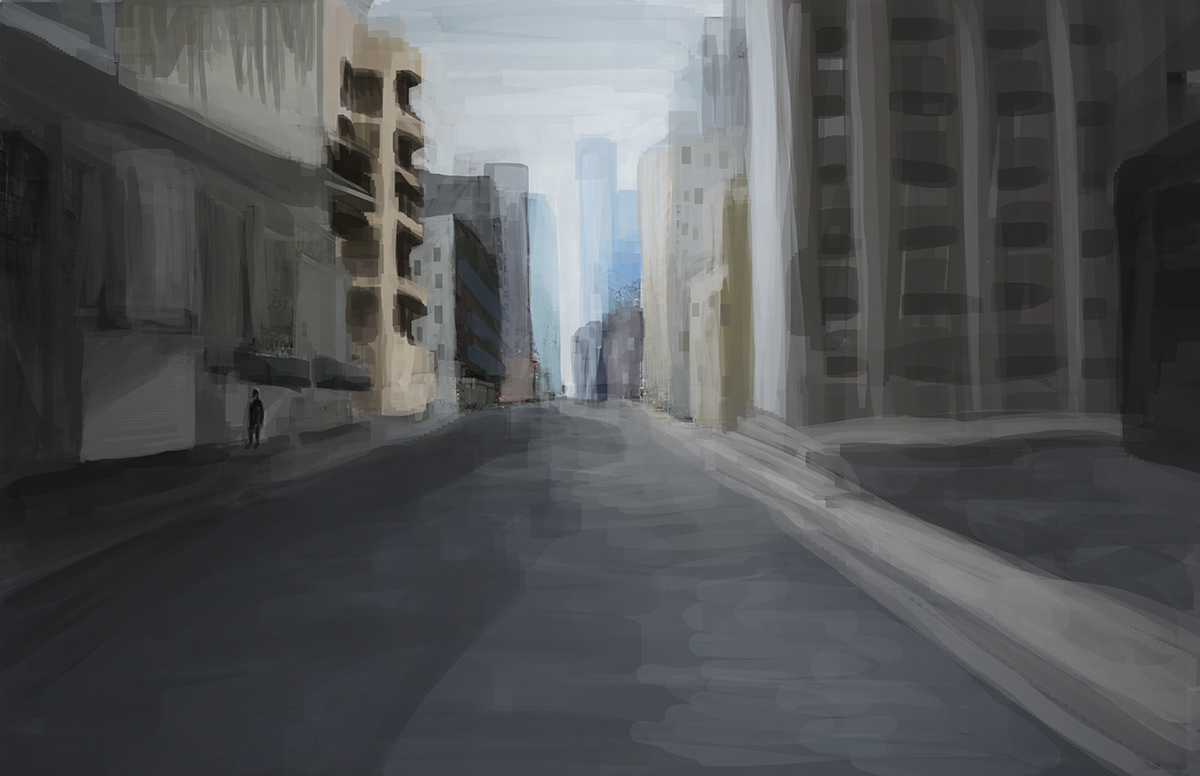
Streets almost abandoned by a population that doesn't need to leave virtual reality.

Mockup ad poster for a virtual reality session-extending chair.
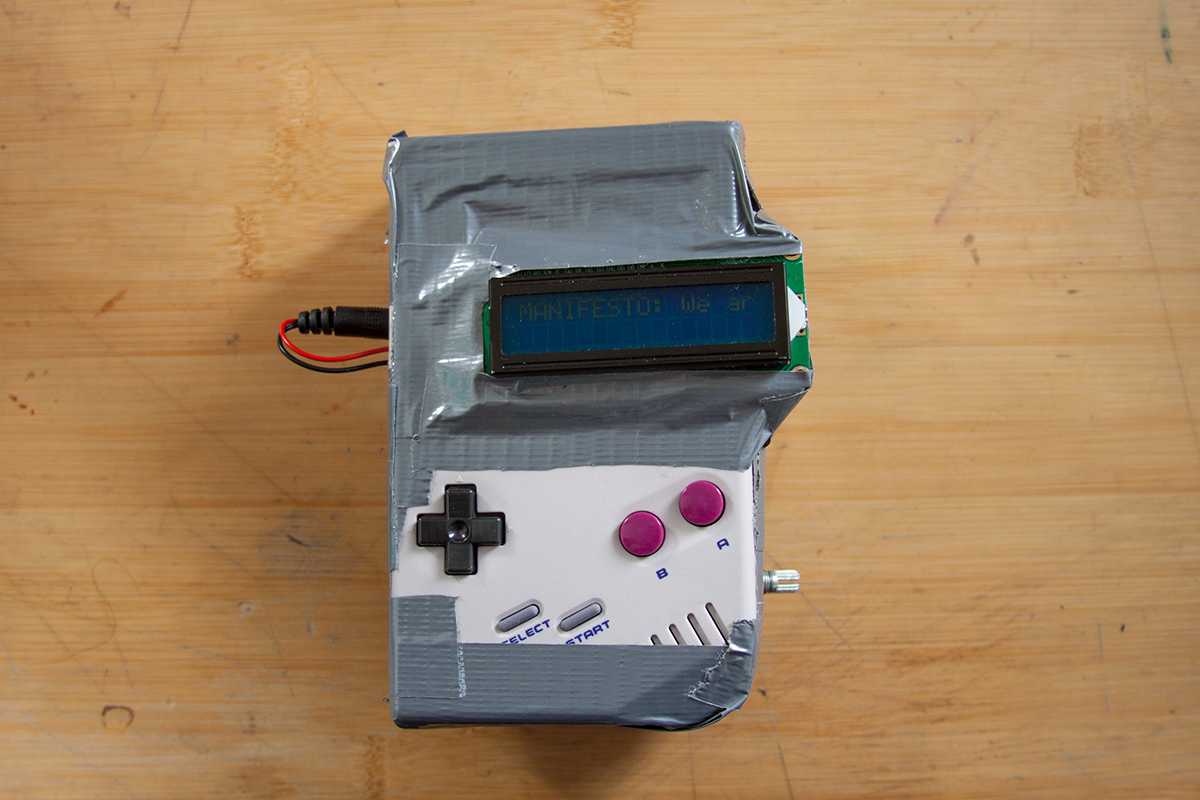
Game Boy into a text reader that displays a manifesto
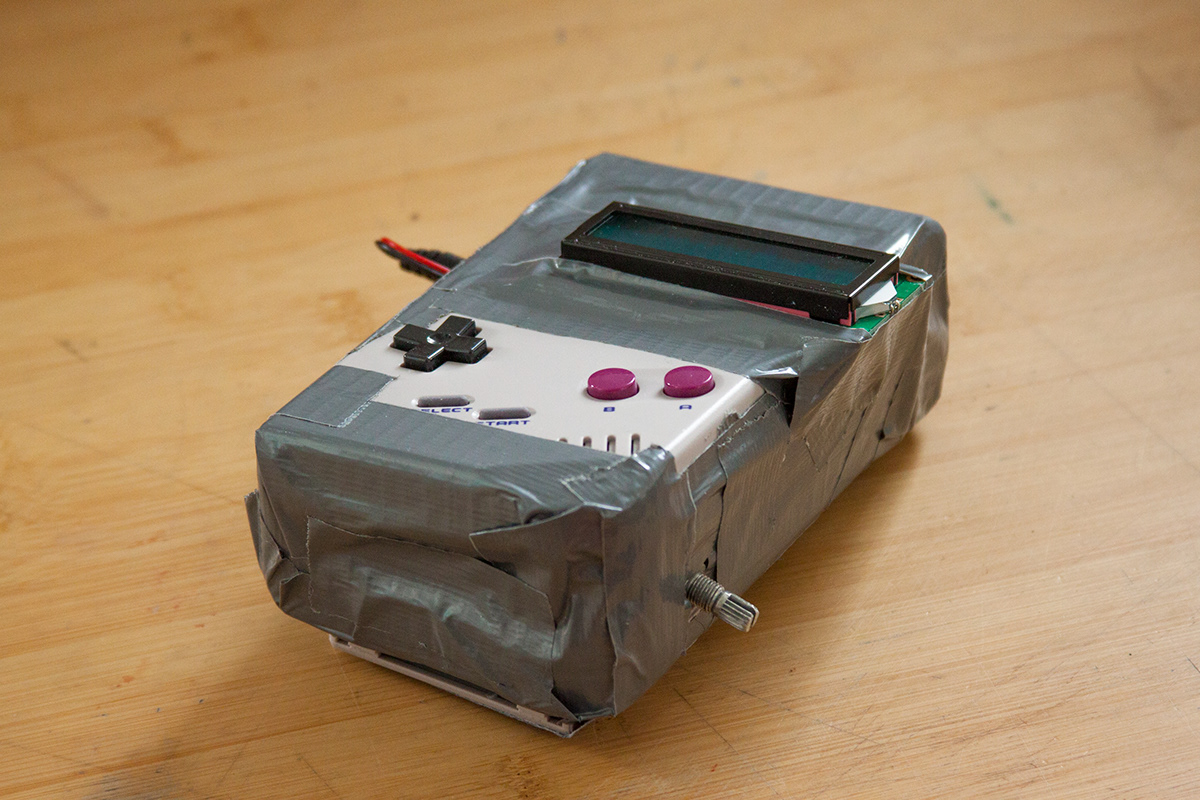
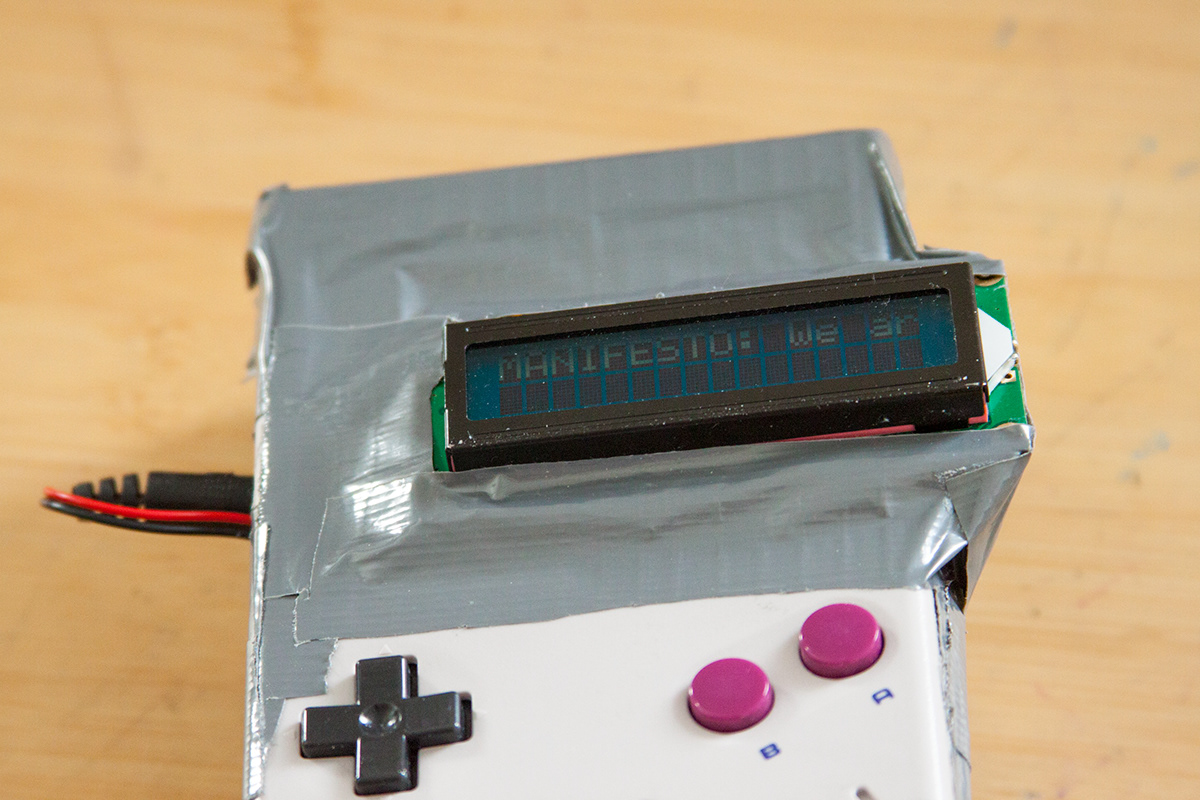
"MANIFESTO: We are the Presentation. We are against persistence in false realities. We are for a return to person-to-person interaction and the world that engages our selves. We will burn the veil. We will set you free."
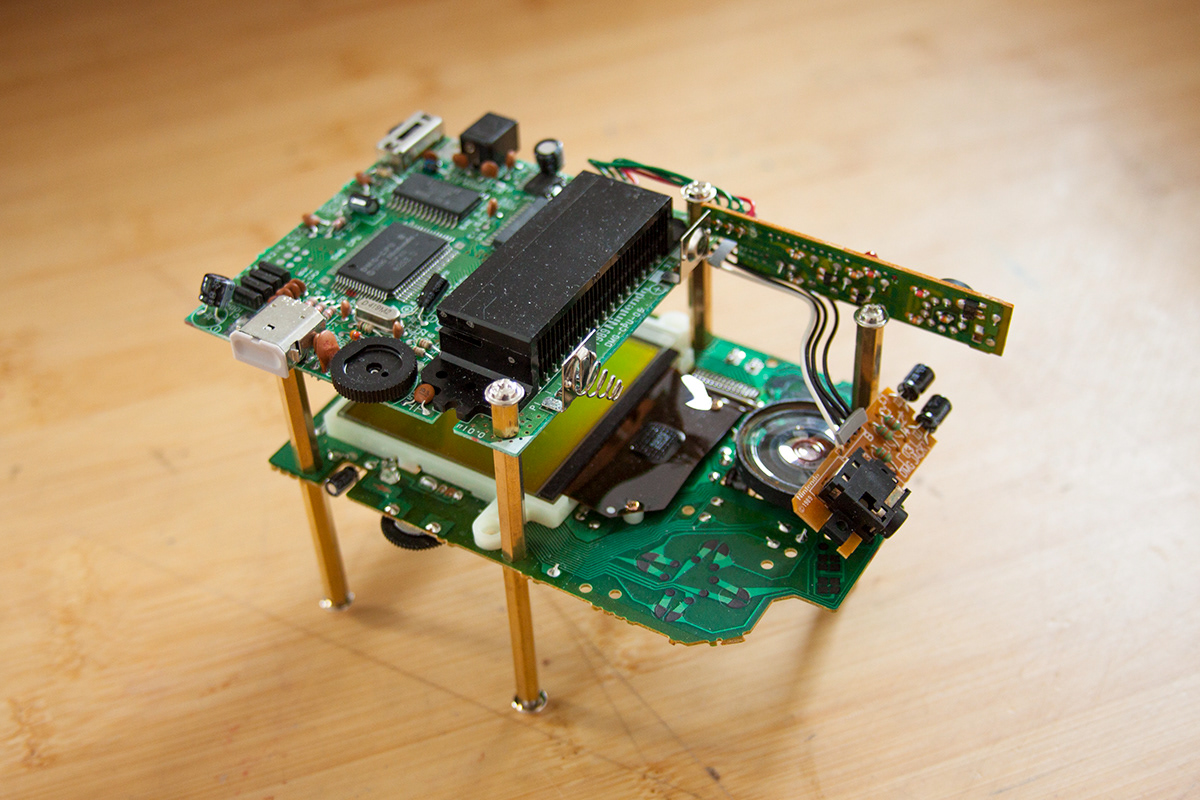
Staged Game Boy innards
